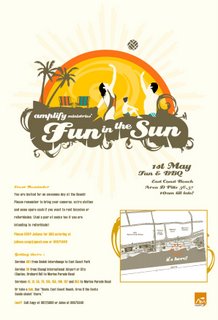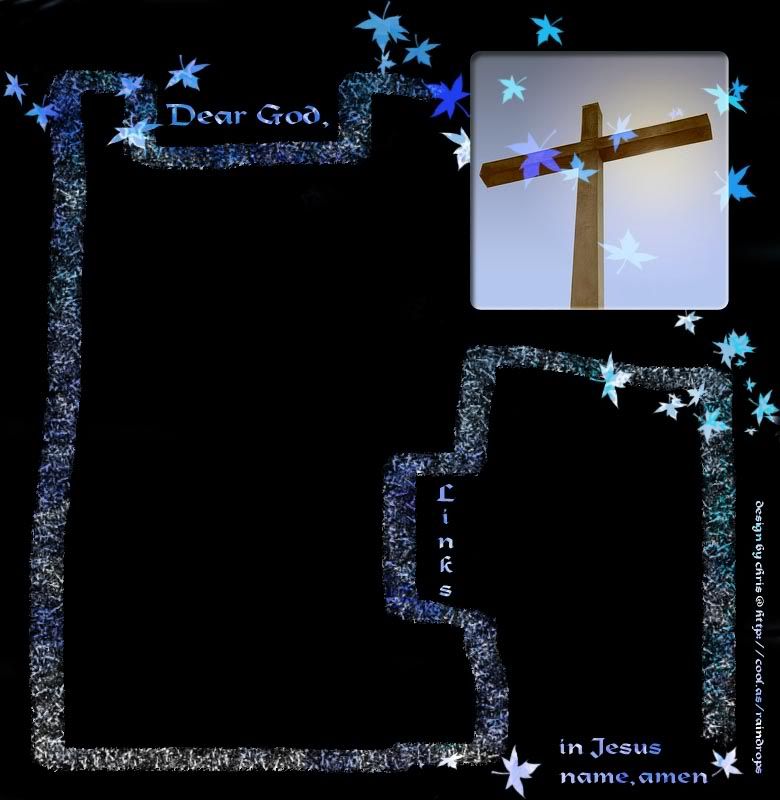The feast of
Maundy (or Holy) Thursday solemnly commemorates the
institution of the Eucharist and is the oldest of the observances peculiar to Holy Week. In Rome various accessory ceremonies were early added to this commemoration, namely the
consecration of the holy oils and the
reconciliation of penitents, ceremonies obviously practical in character and readily explained by the proximity of the Christian Easter and the necessity of preparing for it. Holy Thursday could not but be a day of
liturgical reunion since, in the cycle of movable feasts, it brings around the anniversary of the
institution of the Liturgy.
Holy Thursday was taken up with a succession of ceremonies of a joyful character. the
baptism of neophytes, the reconciliation of penitents, the consecration of the holy oils, the
washing of the feet, and
commemoration of the Blessed Eucharist, and because of all these ceremonies, the day received different names, all of which allude to one or another of the solemnities.
Redditio symboli was so called because, before being admitted to
baptism, the catechumens had to recite the Creed from memory, either in the presence of the bishop or his representative.
Pedilavium (
washing of the feet), traces of which are found in the most ancient rites, occurred in many churches on Holy Thursday, the
capitilavium (
washing of the head) having taken place on
Palm Sunday.
Exomologesis, and
reconciliation of penitents: letter of Pope Innocent I to Decentius of Gubbio, testifies that in Rome it was customary "quinta feria Pascha" to absolve penitents from their mortal and venial sins, except in cases of serious illness which kept them away from church.
Olei exorcizati confectio. In the fifth century the custom was established of
consecrating on Holy Thursday
all the chrism necessary for the anointing of the newly baptised.
Anniversarium Eucharistiae. The
Eucharistic celebration [takes] place in the morning, and the bishop reserve[s] a part of the sacred species for the communion of the morrow,
Missa praesanctificatorum.
Other observances: On Holy Thursday the
ringing of bells ceases, the
altar is stripped after vespers, and the
night office is celebrated under the name of Tenebrae.
-
Catholic Encyclopedia: Maudny ThursdayThe word 'tenebrae' is Latin for
shadows. The purpose of the Tenebrae service is to
recreate the emotional aspects of the passion story, so this is not supposed to be a happy service, because the occasion is not happy.
The service may include other parts, such as solemn hymns, a sermon, and Communion, but the core of the Tenebrae service works like this: It starts out with the church in candlelight. There are as many candles as there are readings, plus a white Christ candle. The readers go up one at a time, read their assigned selections, and extinguish one of the candles, until only the Christ candle remains. Then someone reads the first part of Psalm 22, which Jesus quoted on the cross. Then the Christ candle is put out, leaving the congregation in near total darkness - and near total devastation. At this point, the service ends. There is no benediction and the people leave in silence. (The lights are turned up but remain dim so that people can see their way out.)
The purpose of the service is to recreate the betrayal, abandonment, and agony of the events, and it is left unfinished, because the story isn't over until Easter Day.
-
Ken Collins: What Is a Tenebrae Service?The night of Maundy Thursday is the night on which Jesus was betrayed by Judas in the Garden of Gethsemane.
The word "
maundy" comes from the
command given by Christ at the Last Supper, that we should love one another.
In Roman Catholic churches the anthem "
Mandatum novum do vobis" ("a new commandment I give to you") would be sung on Maundy Thursday.
In Roman Catholic churches, Maundy Thursday is the day on which the supply of anointing oil to be used in ceremonies during the year is "consecrated".
This is done at a special "
Chrism Mass".
-
BBC - Religion & Ethics - Maundy ThursdayIn those days it was usual for a servant to wash the guests' feet on arrival. On this occasion there was no servant present and none of the disciples volunteered to do the menial task. Instead, Jesus got up and washed his disciples feet, giving them an object lesson in humility and service.
-
ThisIsChurch.com (click to see a photo of the basin Jesus could have used: a bowl with two platforms. The guest would be able to stand on [the platforms] and have water poured over the feet into the bowl.)
[
Corpus Christi] is celebrated in the Latin Church on the Thursday after Trinity Sunday to
solemnly commemorate the institution of the Holy Eucharist.
Of
Maundy Thursday, which commemorates this great event, mention is made as
Natalis Calicis (Birth of the Chalice) in the Calendar of Polemius (448) for the 24th of March, the 25th of March being in some places considered as the day of the death of Christ. This day, however, was in Holy Week, a season of sadness, during which the minds of the faithful are expected to be occupied with thoughts of the Lord's Passion. Moreover, so many other functions took place on this day that
the principal event was almost lost sight of. This is mentioned as the chief reason for the introduction of the new feast, in the Bull "Transiturus."
-
Catholic Encyclopedia: Corpus ChristiMartimort remarks that Urban IV was so impressed by a Eucharistic miracle that took place at Bolsena near Viterbo, where he was in residence, he promulgated the Bull
Transiturus, in which he established a new solemnity to be celebrate in honor of the Blessed Sacrament on the Thursday after the octave of Pentecost.
Urban IV published, on August 11, 1264, a bull that extended the feast to the universal Church, but his death on October 2 left the decree without effect.
In Urban IV's bull the answer was simple and functional:
just as there was a day for every saint, so too Christ's body deserved one. It continued to argue that Corpus Christi was to be a sort of
obverse Maundy Thursday, celebrating the day of the institution of the eucharist not in sorrow in the Passion week, but on another, joyful occasion.Interestingly, Mitchell notes the promulgation of the solemnity:
[I]n...Transiturus, Urban IV insisted on the intimate connection between the feast and the eucharistic liturgy. He proposed an
indulgence of 100 days to all who would attend matins, Mass, and vespers on the feast, as well as an additional indulgence of 40 days to all who assisted at the lesser hours of prime, terce, sext, none, and compline. Each day during the octave of the feast, moreover, Urban offered indulgences to those who participated in matins, Mass, and vespers. The pope's idea seems to have been to
encourage Christians toward more active participation in the liturgy, both the liturgy of the hours and the eucharist.-
Emmanuel Article, June 1997: From Corpus Christi to the Solemnity of the Body and Blood of ChristThe word
indulgence (Lat.
indulgentia, from
indulgeo, to be kind or tender) originally meant kindness or favour; in post-classic Latin it came to mean the remission of a tax or debt. In Roman law and in the Vulgate of the Old Testament (
Isaiah 61:1) it was used to express
release from captivity or punishment. In theological language also the word is sometimes employed in its primary sense to signify
the kindness and mercy of God. But in the special sense in which it is here considered, an indulgence is
a remission of the temporal punishment due to sin, the guilt of which has been forgiven. Among the equivalent terms used in antiquity were
pax,
remissio,
donatio,
condonatio.
Isaiah 61:1. The spirit of the Lord is upon me, because the Lord hath anointed me: he hath sent me to preach to the meek, to heal the contrite of heart, and to preach
a release to the captives, and deliverance to them that are shut up.
Spiritus Domini super me eo quod unxerit Dominus me ad adnuntiandum mansuetis misit me ut mederer contritis corde et praedicarem captivis indulgentiam et clausis apertionem.-
Catholic Encyclopedia: Indulgences
Btw, Anne's birthday is on Corpus Christi this year. It's Father's Day too. =)
Jean




